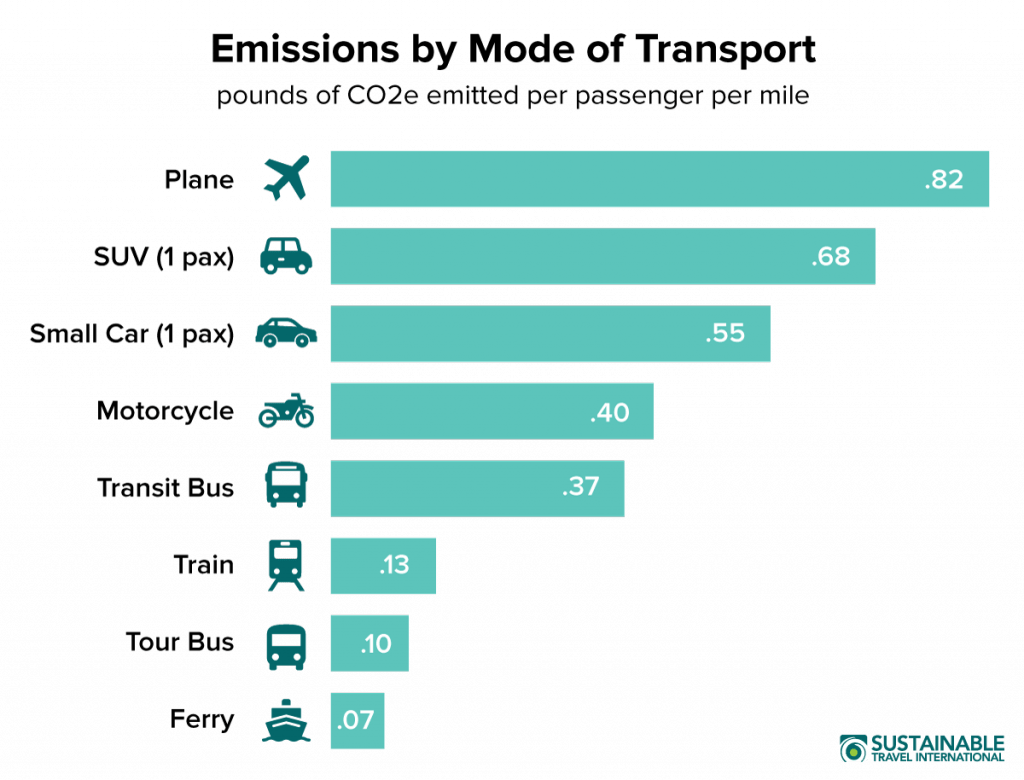“Tourism is responsible for roughly 8% of the world’s carbon emissions and transportation is tourism’s main source of greenhouse gas emissions.”
.
CAR DEPENDENCY:
We are becoming more and more dependent on our cars:
UK car dependency increases – Smart Cities World (2018)
Dependency on the car is increasing | RAC Drive (2019)
When it comes to visiting friends and relatives, 68% of those who rely on car said the distance they have to travel is too far to walk or cycle. Some 57% said the car is quicker than other options, and 53% said there are no feasible public transport services. Drivers in rural areas are more likely to be car-dependant (87%) than town and city dwellers (77%).
Car dependency reaches 15-year high despite drop in commuting – Wales Online (2021)
Why is this happening?
2018’s Autumn Budget promised to invest £30 billion on the English road network over the next five years. Most of this cash will be spent on widening and building new ‘strategic’ roads across England. This might sound like a welcome helping hand for English regions, but in reality, Whitehall risks locking more and more people into a car-dependent future for generations to come.
Government policy is driving car dependency – Sustrans.org.uk (2018)
Car dependency: UK government can’t cut driving and build lots of roads at same time (2020)
HOLIDAYING BY CAR:
So, if people are working more from home and travelling more for leisure, how can we reduce car dependency when it comes to tourism?
But do we really want to change how we get about? – for example, in Purbeck, Dorset:
While the study shows that people would like public transport to be improved, this is essentially an idealised representation and an idea perpetuated by a public that makes little use of public transport and has little intention of leaving the car behind. Arguably, people have developed a social construction of how to deal with transport problems whereby the failure of public transport reinforces the existing situation of high car use and there is little attempt to restrict car use. This study challenges this strategy and discusses practical implications for managing mobility in sensitive rural destinations.
When it comes to ‘solutions’, some tourist regions are really clamping down – for example, in the Lake District:
UK tourist hotspot bans drivers from stopping to combat ‘severe congestion’ (August 2022)
Would locals and visitors respond to a Car Free Day?
How we can end reliance on the car | CPT
Places could actually become more attractive if there were fewer cars:
Car-free cities around the world – Curbed

CARBON EMISSIONS:
Because, if we are really serious about reducing our carbon footprint, we have to be reducing our use of private cars to go on holiday:
Tourism is responsible for roughly 8% of the world’s carbon emissions. From plane flights and boat rides to souvenirs and lodging, various activities contribute to tourism’s carbon footprint. The majority of this footprint is emitted by visitors from high-income countries, with U.S. travelers at the top of the list. As the number of people who can afford to travel grows, so will tourism’s environmental footprint… Today, transportation is tourism’s main source of greenhouse gas emissions. On average, planes and cars generate the most CO2 per passenger mile…
Carbon Footprint of Tourism – Sustainable Travel International (2020)
.